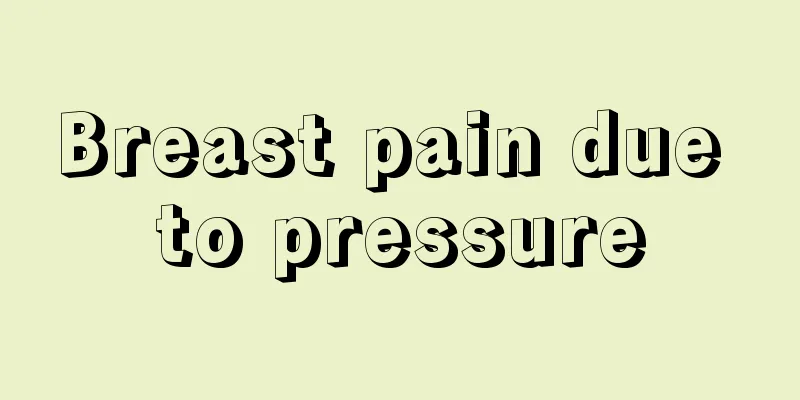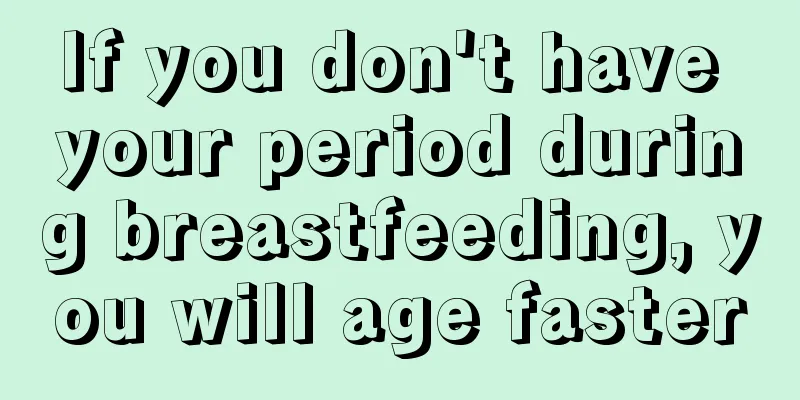Will it hurt after a painless abortion?

|
Painless abortion surgery refers to the patient undergoing air pressure curettage to suck the fetal sac out of the uterine cavity before injecting anesthesia. Therefore, the patient has no awareness during the operation and will not feel pain. However, after the operation is completed and the anesthetic wears off, the patient will still feel pain in the lower abdomen. It is caused by uterine contraction, and the uterus needs to contract to expel the fetal sac. Generally, the intensity of this type of pain is around level II-III, which is within the tolerance range of most patients. This type of pain usually lasts for 3-5 days, and the pain will gradually subside. You will feel pain after a painless abortion. The operation is performed under anesthesia. You will not feel pain during the operation, but you will feel a dull pain in the lower abdomen after the operation. This is normal as the uterus contracts. If there is no abnormality in the fetus, it is still not necessary to do a painless abortion. Painless abortion will cause harm to the body. If you do it frequently, the harm will be greater and may cause infertility. If you have not decided to have a baby, you must use good contraceptive methods during sex to avoid causing harm to the body and reduce unnecessary inconvenience. You must also pay attention to hygiene in your future sex life. It is not recommended to have sex one month after an abortion. Try not to take a sitz bath, take a shower instead to avoid infections that may cause gynecological inflammation. Do not do heavy physical work or overwork in the short term. After the painless abortion, there will still be a certain degree of uterine contraction. For women who are more sensitive to pain, they will feel mild lower abdominal pain. This type of abdominal pain is very mild and can generally be tolerated. At the end of the painless abortion surgery, some hospitals will basically give patients oxytocin to promote uterine contraction, which has the effect of reducing bleeding. However, only women with poor uterine contraction and heavy bleeding can be given oxytocin to promote uterine contraction. For successful operations and little bleeding, oxytocin is generally not needed. Giving oxytocin will increase the chance of abdominal pain after painless abortion. |
<<: How many days is the best time to do painless abortion?
>>: Is the pain of induced labor bearable at 6 months?
Recommend
A complete picture of a woman's right hand with a mole
Complete collection of illustrations of moles on ...
Why are cats afraid of cucumbers behind them? Why do cats get scared when they see cucumbers?
Cats are pets of many people, and many people on ...
What gynecological diseases can be cured by mugwort
I think everyone is familiar with mugwort leaves....
Do you know how thick the endometrium is during pregnancy?
Once a person becomes pregnant, the thickness of ...
Bowel cancer stool pictures
According to surveys, colorectal cancer is sweepi...
What are the internal and external factors that affect photosynthesis? What is the essence of photosynthesis?
Photosynthesis is the only process on earth that ...
How many weeks of pregnancy does it take to give birth
After a pregnant woman becomes pregnant, the baby...
Why does a woman have a stomachache after having sex?
Sex is a very important thing for both husband an...
How to prevent headaches caused by changing weather? Can I get the COVID-19 vaccine if I have a headache?
If you often have headaches, don't take it li...
What to do if you get angry after abortion
Many women do not take abortion seriously. In fac...
What a 40-year-old woman should learn
From what I read in American women's magazine...
What are the symptoms of vaginal itching?
Many women do not pay attention to the maintenanc...
How to make lemon water not bitter (rub salt on the lemon peel, rinse, slice and remove the seeds)
...
How can I get rid of these mysterious lines that appear when I gain weight?
If you have been fat, or are still fat, then you ...









